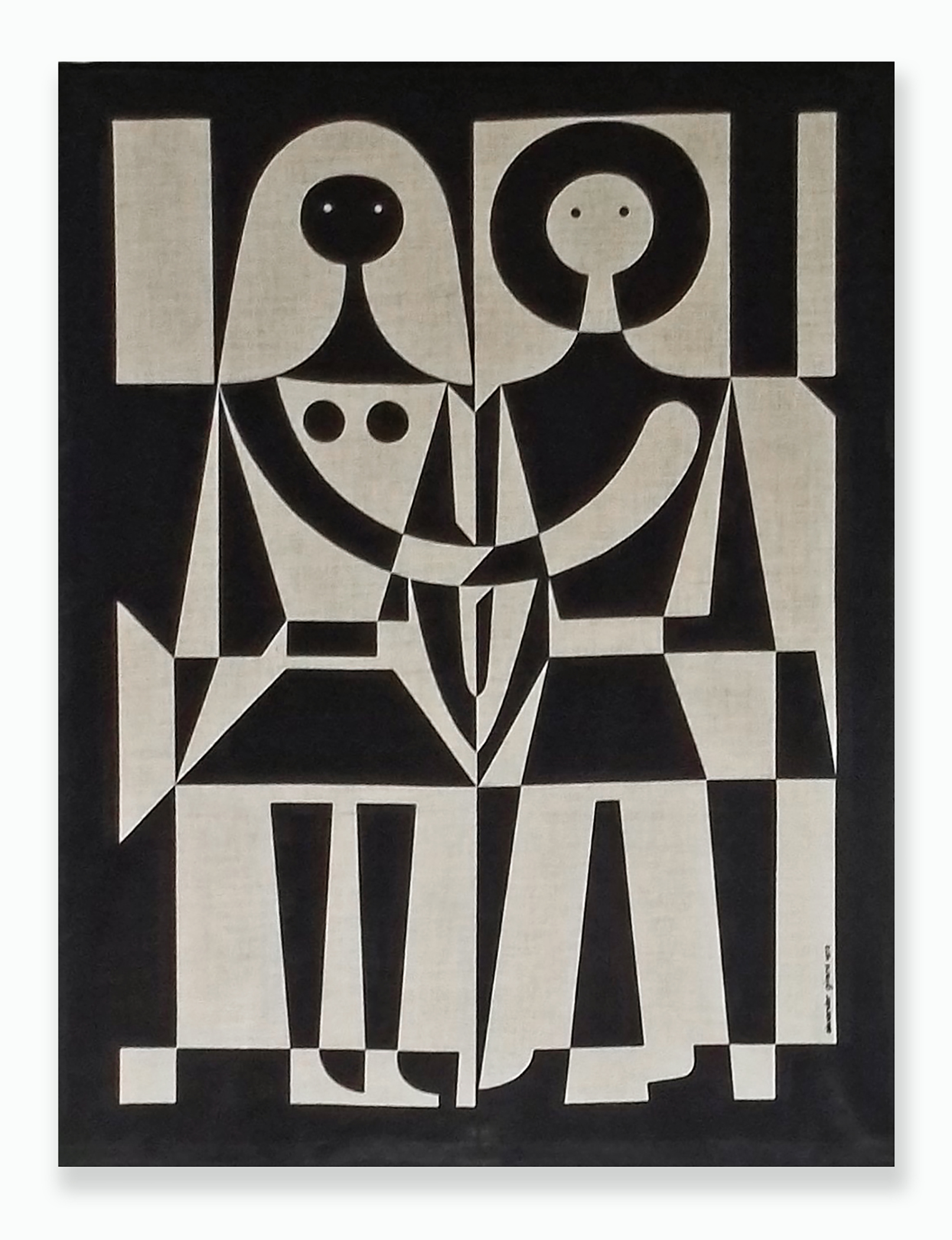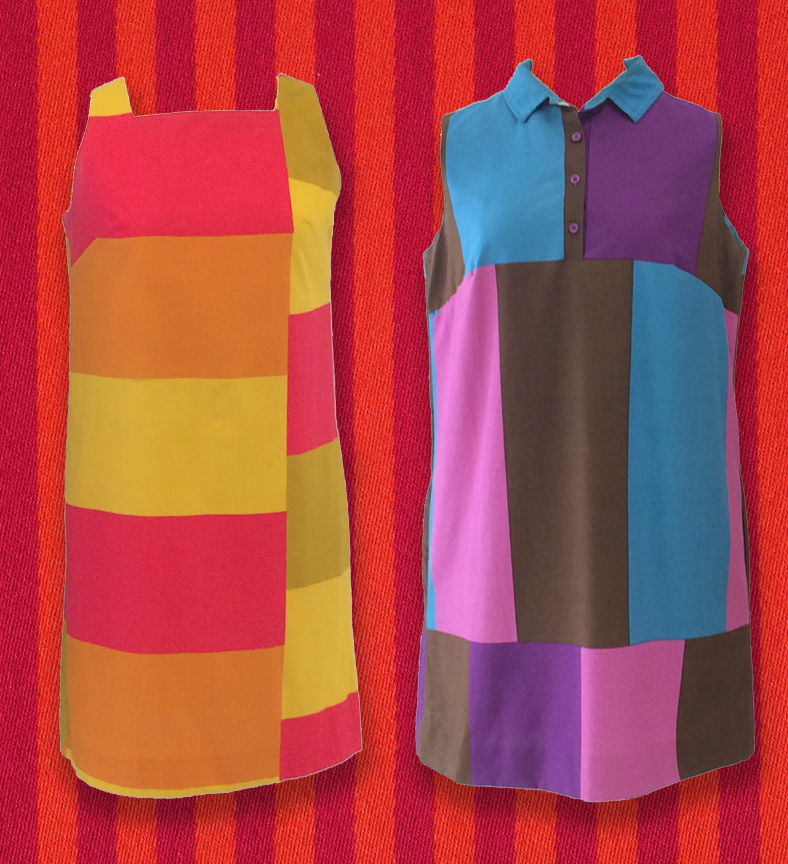
The exhibition “Alexander Girard and Textile Design at Mid-Century” runs from May 22 through Sept. 1 in the University of Nebraska-Lincoln’s Robert Hillestad Textiles Gallery.
The exhibition features Girard’s designs from the Department of Textiles, Merchandising and Fashion Design’s Historic Textiles Collection alongside fashion of the period to examine how trends in textile pattern, color and fiber were connected across multiple design fields and served as expressions of modernity.
Textile design in the post-war era was eclectic and robust, buoyed by rapid economic growth, technological advances and optimistic consumers. Girard was an architect, designer and head of the textile division at Herman Miller Furniture from 1952 to 1973. His new applications of pattern and color in textile design supported consumers’ motivation to demonstrate both good taste and modernity in dress and decor.

The Herman Miller Company and its close competitor, Knoll Associates, used showrooms, exhibitions, and magazine editorials and features to educate consumers. Girard’s textile designs, his homes in Grosse Pointe, Michigan, and Santa Fe, New Mexico, and his extensive collection of folk art were often the focus of these marketing efforts. As a result, Girard became part of the discourse surrounding the skillful expression of modernity through one’s living and work spaces.
Girard brought an architectural approach to his textiles, preferring the use of stylized patterns, geometric shapes and stripes and lines in bold and unique color combinations. He said that “realism in printed fabrics should be avoided, (since) draped fabrics naturally distort any pattern.” Girard and his contemporaries also believed textile choices were important in communicating and displaying a modern and individual identity.
Wall hangings featured in the exhibition demonstrate Girard’s commitment to this philosophy of the interior, even in a workspace. Named “Environmental Enrichment Panels,” the department’s collection was initially purchased to decorate the new quarters of what was then Textiles, Clothing and Design when the Home Economics building opened in 1974. The hangings were designed for Herman Miller’s Action Office 2 line in 1971.
A half-century later, simple geometries and dynamic color accents continue to influence American culture and personal design sensibilities. The popularity of AMC’s award-winning series “Mad Men” attests to the enduring interest in the visual style of the era, and the sophistication and sleek elegance generated by designers such as Girard.
The Robert Hillestad Textiles Gallery is located on the second floor of the Home Economics building, 1650 N. 35th St. Hours are 8:30 a.m. to 4 p.m. Monday through Friday and by appointment. Admission is free. Guest parking is available near the building, and metered stalls are located in the lot immediately north of the Nebraska East Union. For more information, click here or call 402-472-2911.
Share
News Release Contact(s)
Related Links
Tags
High Resolution Photos

HIGH RESOLUTION PHOTOS








